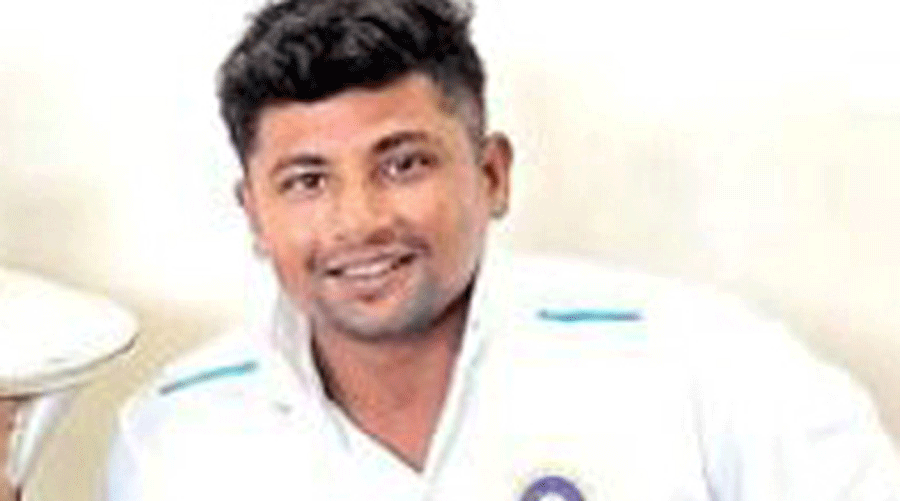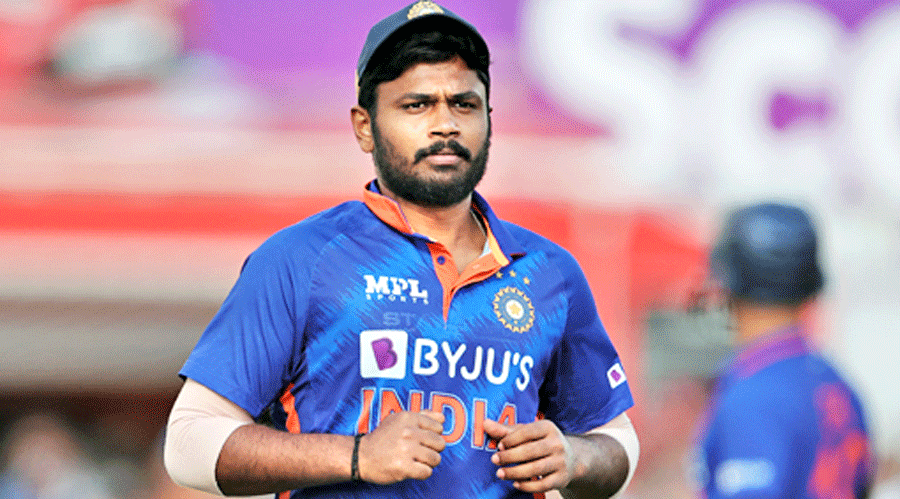Rahul Dravid deserves a lot of credit for redefining the contours of Indian cricket in the lead-up to India’s triumphant campaign in the inaugural T20 World Cup in South Africa.
As captain of the Test team, Dravid convinced Sourav Ganguly and Sachin Tendulkar to skip the showpiece event in 2007 and leave it to a cluster of youngsters under Mahendra Singh Dhoni to create history.But as a head coach, the former captain has hardly shown the desired flexibility and foresight needed to achieve success in such a challenging format.

Umran Malik. File picture
Fearless cricket remained an illusion in a team packed with cricketers on the wrong side of 30 while promising youngsters were content with plying their trade in the domestic circuit. An inconsistent KL Rahul retained his place, but Sanju Samson was never considered by the selection committee, headed by Chetan Sharma.
The Kerala wicketkeeper-opener has never been given a long run, his impressive performances notwithstanding. In six T20Is this year, Samson has scored 179 runs at a strike-rate of 158.40. Even his IPL success has gone unrewarded with no place in the Asia Cup or T20 World Cup squads.
The anti-climax in the semi-final against England at the Adelaide Oval has led to calls for an overhaul of the team structure. There has been a sudden realisation that a specialised unit is needed to achieve success.

Sarfaraz Khan. File picture
It’s not just Samson but several other youngsters who never got the desired break in the national side or have been treated unjustly. Umran Malik’s fearsome pace made one sit up and take notice at the last IPL while Sarfaraz Khan and Prithvi Shaw have been run-scoring machines in domestic cricket.
The likes of Ishan Kishan, Ruturaj Gaikwad, Yashasvi Jaiswal and Rajat Patidar’s success in the IPL have also gone unrewarded. IPL gives the players enough exposure but playing in different conditions does help one to excel in international cricket. Sharing the dressing room with the giants of world cricket helps one learn work ethics.
But Chetan Sharma’s committee has always been swayed away by the star culture so prevalent in Indian cricket. Success in bilateral series has been largely achieved riding on these youngsters’ performances since the established players have more often than not been content with taking a break.
An Ishan or a Gaikwad has never been cowed down by the circumstances and displayed the same fearless nature in T20Is which had been their strength in franchise cricket. They have shown that they are adept at handling pressure and that strike-rates matter more than the number of runs. An imposing Deepak Hooda was dumped even as Rahul struggled to break free Down Under. Perhaps the series in New Zealand will prove to be their litmus test.
Once the revamped selection committee is in place, a long run will set them up for the tougher challenges ahead in varying conditions.












